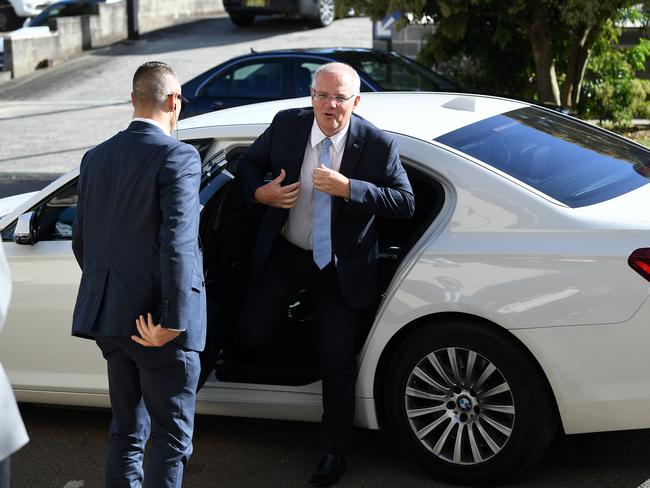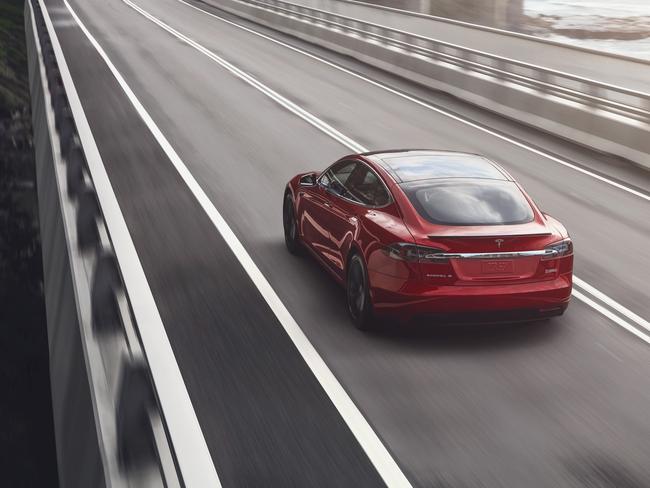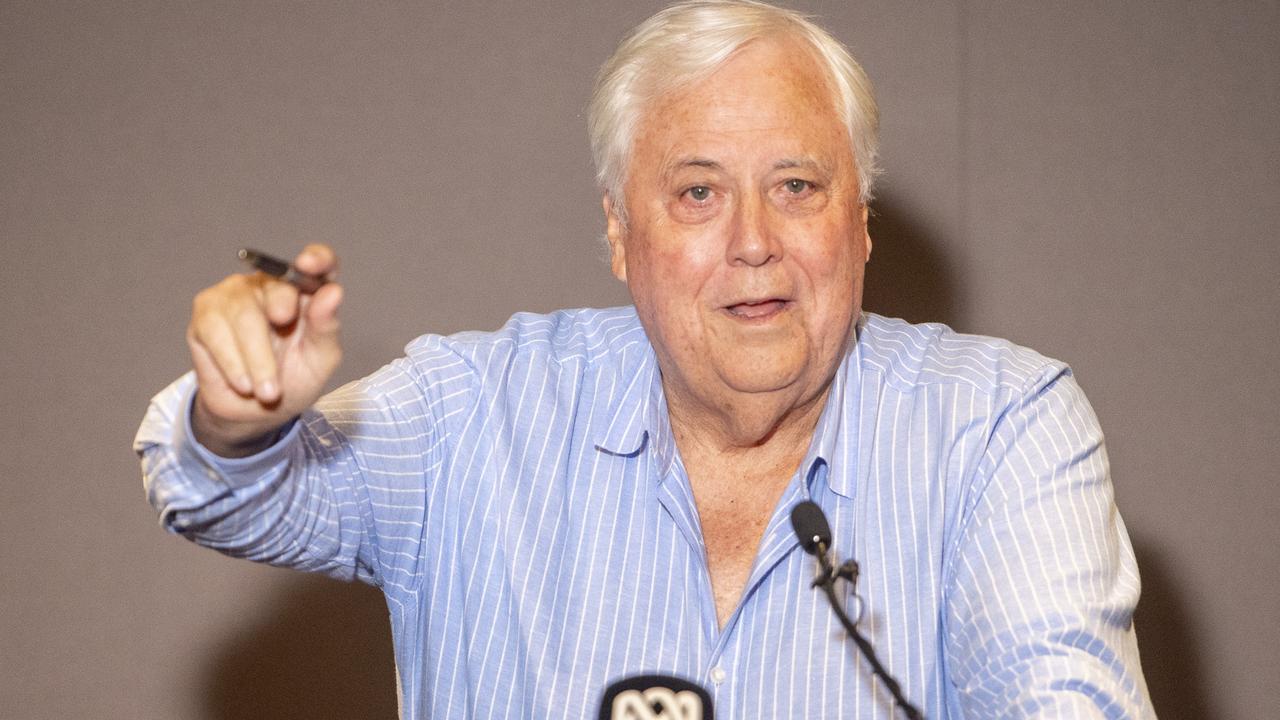Electric Vehicles are surprisingly normal to drive
Scott Morrison says electric vehicles won’t give Australian drivers the “grunt” they crave. Is he right?

Federal Election
Don't miss out on the headlines from Federal Election. Followed categories will be added to My News.
Opinion: Scott Morrison says electric cars won’t appeal to Aussie drivers because we like cars with a bit of grunt.
He obviously hasn’t driven a Tesla Model S.
The Tesla is the fastest car I’ve driven, and I’ve been behind the wheel of a Lamborghini Aventador and Porsche 911 turbo.
It makes the old Holden Commodore V8 feel like a Camry.
More affordable EVs are no slugs either. The BMW i3, Nissan Leaf and Hyundai Ioniq are quicker off the mark than most of their petrol or diesel powered rivals.
So apart from the above-par acceleration, what’s it like to drive an EV?
The first thing you notice is the quiet. The lack of engine noise is eerie, and the car doesn’t change gears like a conventional car.
MORE: Labor’s electric car target out of reach

The brakes feel weird, too. That’s because they use regenerative braking, where the electric motor helps to slow the car. You can dial up how much braking assistance you want and when it’s at its most aggressive, it’s possible to drive around town rarely touching the brake pedal.
Otherwise the experience is surprisingly normal.
The cabin is basically the same as a conventional car, although there’s no transmission tunnel and in the Tesla, there’s a luggage area under the bonnet in lieu of an engine.
They are heavier than a conventional car, thanks to the battery, and you feel this through corners, although the low centre of gravity helps to keep the car planted.
Recharging is simple.
I drove a Hyundai Ioniq for three months and probably only recharged once a week. I simply plugged in the supplied cord where the fuel flap used to be, and hooked the other end up to a powerpoint in the garage.
My commute is shorter than average (a 20km round trip versus the Census average of 32km) so I basically recharged once a week or less. I’d pop it on charge before dinner and it would be full by morning.

Range anxiety is definitely a thing, though, especially on longer trips. You have to plan in advance and leave margin for error because if you run out you’ll need a flatbed truck rather than a jerry can.
I found the Ioniq’s range claims — at 230km between charges — more realistic than most petrol cars, although if you turn on the aircon, you’ll lose about 40km of range.
In short the driving experience in an EV is surprisingly normal.
I’d drive one in a heartbeat if the price was right. Unfortunately it isn’t. At $45,000, the Ioniq cost about $20,000 more than an equivalent sized petrol car.
And it’s the cheapest available. The average price of a plug-in car in Australia is about $120,000.
Originally published as Electric Vehicles are surprisingly normal to drive


